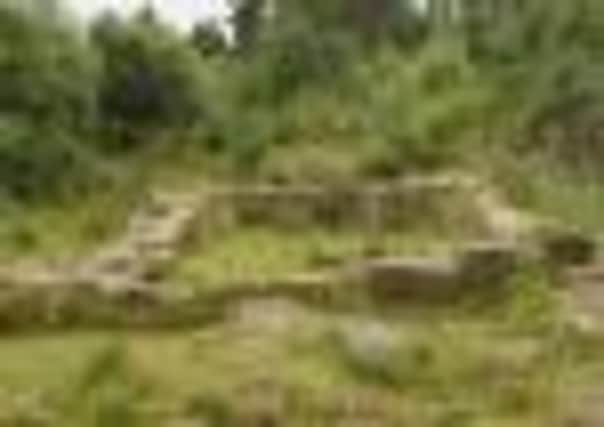Aberdeen University mount ‘Bennachie Colonists’ dig


The “Bennachie Colonists” will finally be given a voice when archaeologists from Aberdeen University mount the biggest dig yet carried out in the remains of the 19th-century squatters community.
The Bennachie colony was a crofting settlement established on common land on the prominent Aberdeenshire hill in the early 1800s and by 1850 there were an estimated 55 men, women and children living rent free in the scattered township.
Advertisement
Hide AdBut the surrounding lairds, furious about the “squatters” living free on the hill, drew up a plan to divide the land into nine parts.
In 1859, the Court of Session in Edinburgh approved the division of the Bennachie Commonty in an action labelled the “Rape of Bennachie”.
The colonists discovered they no longer owned or even had a right to stay in the houses they had built, or to cultivate their fields. Unable to pay the rents demanded by their new landowners, they were evicted from their homes, the rubble-built walls destroyed and the thatched roofs set alight in a move reminiscent of the Highland Clearances.
The families, driven from their homes, were portrayed at the time as an immoral and backward bunch of untrustworthy squatters.
Dr Jeff Oliver, an archaeologist at Aberdeen University, is now planning a major dig at the colony this summer
“There has been quite a lot written about the colonists from the point of view of the urbane middle classes and occasionally by academics and historians – but very little in a sense coming from the point of view of the colonists,” he said. “And we are hoping the archaeology will provide them with something of a voice.
Advertisement
Hide Ad“The colonists are often painted as a marginal group of people scratching a living from impoverished soils and occasionally they were spoken about as being licentious – jumping into bed with each other.
“Our hypothesis is that they actually weren’t all that different from the other agricultural people in this part of the world at this time and that they tended to be on the receiving end of comments from people who were having to pay rent while they are were playing outside the rules of normal agricultural practice.
Advertisement
Hide Ad“They weren’t popular with some people because they were effectively living rent-free on ground that was supposed to be communal. Eventually, they became associated with a story of resistance against the local lairds who eventually seized the commonty for themselves in 1859, using the courts.
“Our working theory is they received a lot of bad press from some of the neighbouring locals – and all sorts of slanderous things were said about them, probably because they weren’t initially paying rent. However, what may be more accurate is that they were very similar to other agricultural communities of the time and this study will help to provide a more nuanced assessment of this.”
Dr Oliver is planning a major excavation in the first two weeks in July.